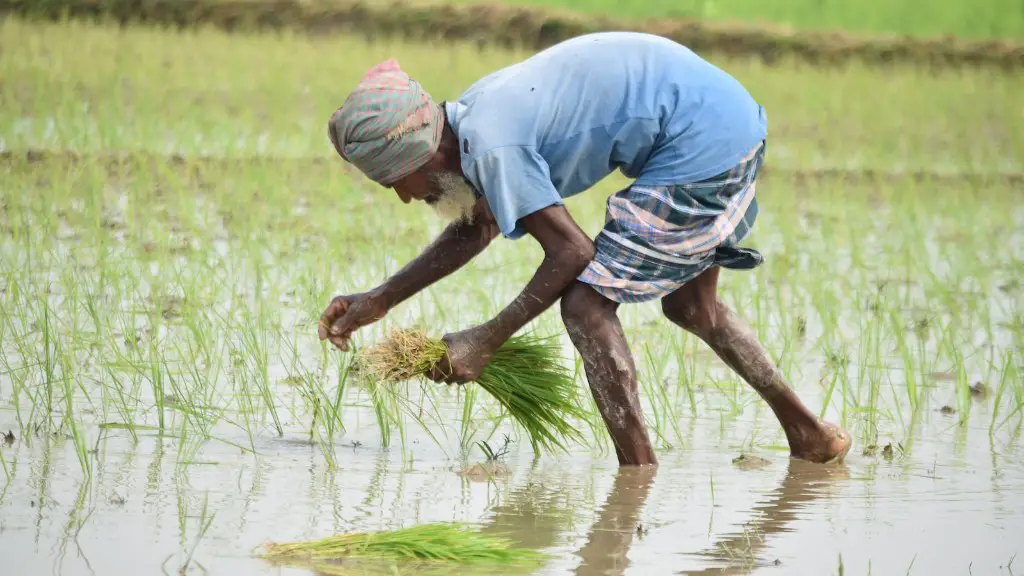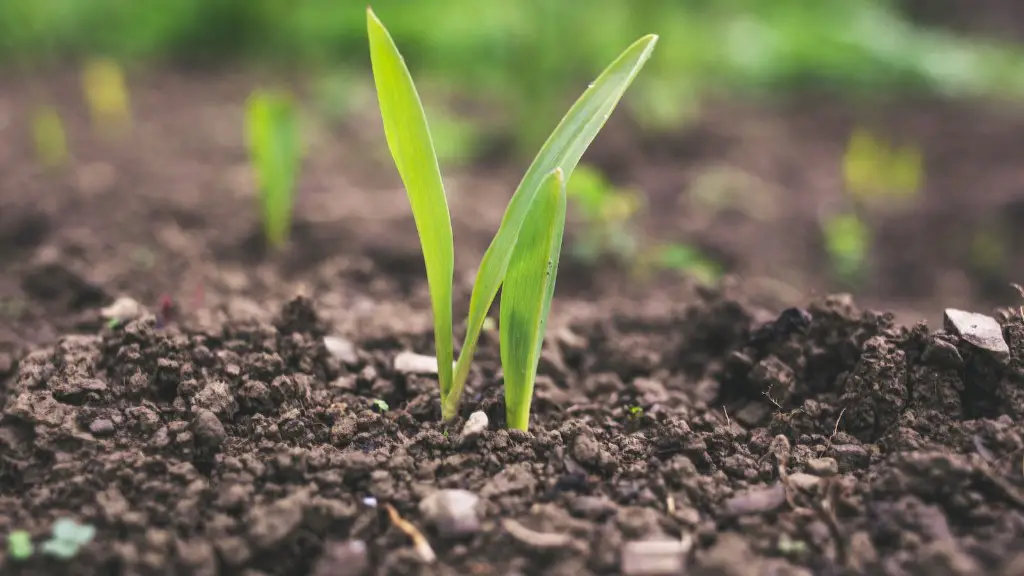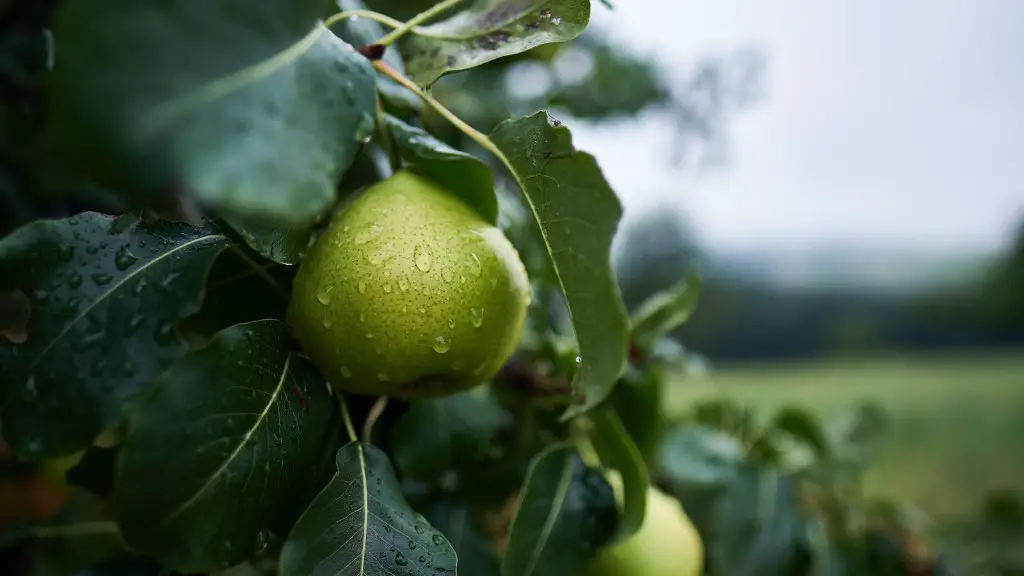Statistics plays a pivotal role in the field of agriculture. It assists the farmers in assessing and optimizing the yield, profits, output and supply as well as helps them understand the behaviour of prices and availability of resources in the long run. It also serves as a useful tool to explore the impact of various external factors on the farming process.
By utilizing statistical modelling, farmers can make decisions based on accurate and reliable data and assess the risks, spot potential frauds in the market and develop strategies to increase their overall productivity. Statistics can also help farmers identify gaps in the industry and make more informed decisions that can reduce costs and maximize their profits.
Furthermore, statistics is an important element in agricultural planning and monitoring which assists in deriving accurate data on the crop performance as well as tracking the progress of crop production over time. This helps farmers to evaluate the potential of their crops, assess the progress in relation to the expected outcome and come up with timely resolutions and remedies.
Lastly, the usage of statistics in agriculture has the potential to change and revolutionize the traditional methods of farming. The helpful insights gathered from statistical analysis can help in predicting the effects of environmental and climate change on agriculture, identifying new trends and possibilities for the industry and creating a more efficient approach towards the farming process.
Assessing Supply Demand
Statistics can be used to assess the supply and demand of agricultural produce. This is essential intel for any farmer as it helps them determine the right time to harvest and sell their produce. Farmers can also refer to the regional statistics to formulate crop strategies which would help them gain a better return on investment. Furthermore, state-of-the-art statistical techniques can be implemented to track the daily changes in crops and assess the risks involved for growers and consumer alike.
Statistics can be used to analyze the long-term impact of environmental and climatic conditions on the agricultural output. It can also help farmers address problems such as erosion, crop depletion and disease outbreaks among the livestock. In addition, statistical analysis can be used to estimate the yield and production of a particular crop, allowing farmers to plan and manage the resources accordingly.
Agricultural data gathered through statistical methods can help to determine the cost of production and the profit margins. This information can be used to set prices of the produce according to the market conditions and create effective pricing strategies. Furthermore, the collected data can be used to assess the competition and identify areas with potential growth in the agricultural industry.
Statistics plays a crucial role in identifying market trends and gauging the risk factors associated with agricultural investments. Additionally, it can provide important information on the best sources of inputs such as fertilizers, water, machinery and labour in order to minimize the costs and maximize profits. The insights derived from statistical analysis can be used to create value-added products and services for the agricultural industry.
Increasing Productivity
The introduction of statistical methods can also help to improve the efficiency of the farmers by allowing them to make better decisions. Statistical analysis assists the farmers in assessing their output, production and profits against the investments made. This information can be used to understand the areas where productivity can be improved and invest resources to increase the yield.
Statistical analysis can also help to identify the areas where resources such as manpower, land and labour can be used more effectively. Furthermore, it can be used to map the spread of diseases and pests in the crops in order to take preventative measures in preventing potential damage. Likewise, the data gathered can be used to develop measures that improve the quality and value of the crops.
Having an accurate record of the performance of the crops and the associated inputs helps farmers to stay informed and make better decisions. The data gathered can also be used by the farming communities to identify and plan for potential problems such as droughts, floods and pests. Additionally, it can be used to monitor the changes in the markets and come up with strategies to maximize the profit margins.
The data collected can be utilized by the government officials to formulate plans regarding agricultural production and allocations. Statistical analysis can also be used to evaluate the effectiveness of government policies and come up with strategies to improve agricultural production. Moreover, it can be used to identify market opportunities and develop techniques to create value-added products and services that can generate a higher revenue.
Evaluating Risk Factors
Statistics can be used to identify and evaluate a range of risk factors associated with agricultural production and investments. This includes assessing the impact of climate change, assessing the impact of pest and disease outbreaks and identifying the potential damage to crops. Statistical analysis also assists in identifying areas prone to potential threats and developing strategies to minimize the risks involved.
In addition, statistical methods can be used to track the supply chain and the performance of the distribution networks. This information can be used to ensure the quality of the products and reduce the wastage during transportation. Additionally, it can be used to identify areas with potential opportunities and develop strategies to capitalize on them.
Statistical analysis can also be used to identify opportunities in the agricultural industry and devise ways to tap into new markets to increase the profits. In addition, it can be used to gain insights into the consumer behaviour and improve the quality and value of the agricultural produce. Furthermore, it can be utilized to assess the impact of advertisement, promotions and marketing campaigns on the sales of the products.
In conclusion, statistics plays a vital role in the field of agriculture. It helps the farmers to assess and optimize their yield, profits and output, as well as explore the impact of various external factors on the farming process. It also assists in improving the efficiency of the farmers by allowing them to make better decisions. Moreover, it serves as a useful tool to evaluate the risks and identify opportunities that can help to maximize the profit margins.



